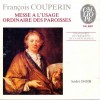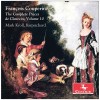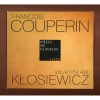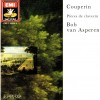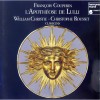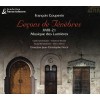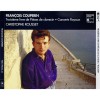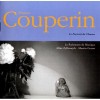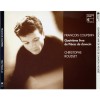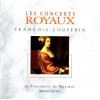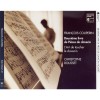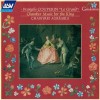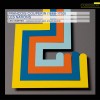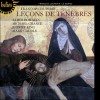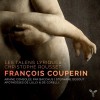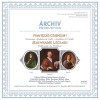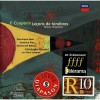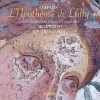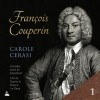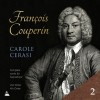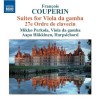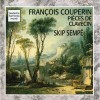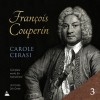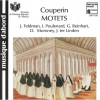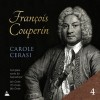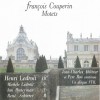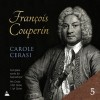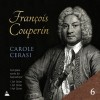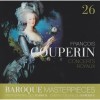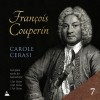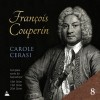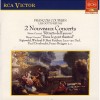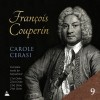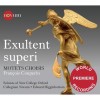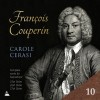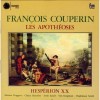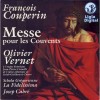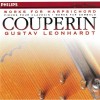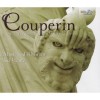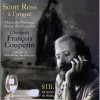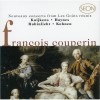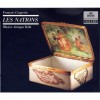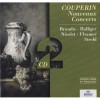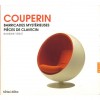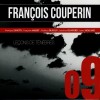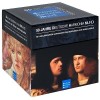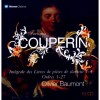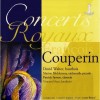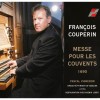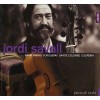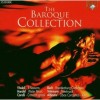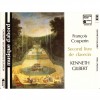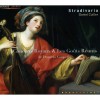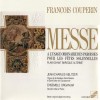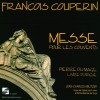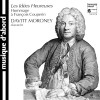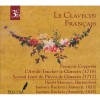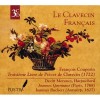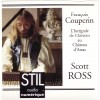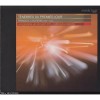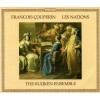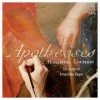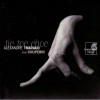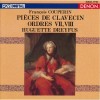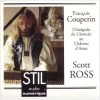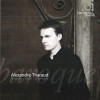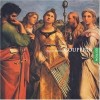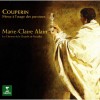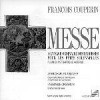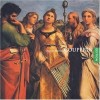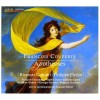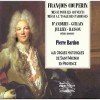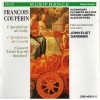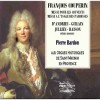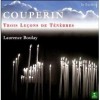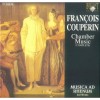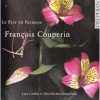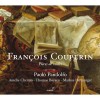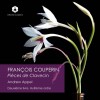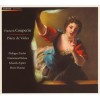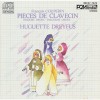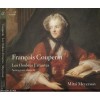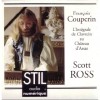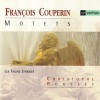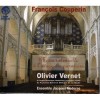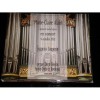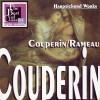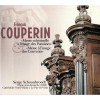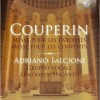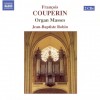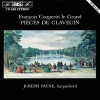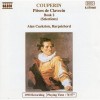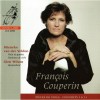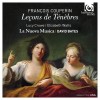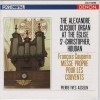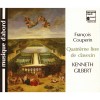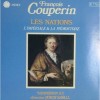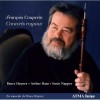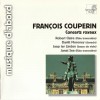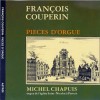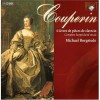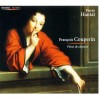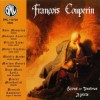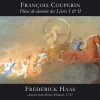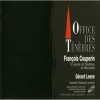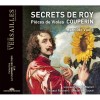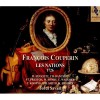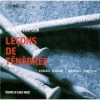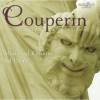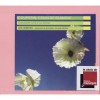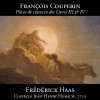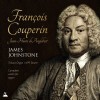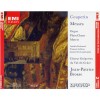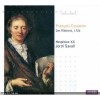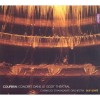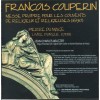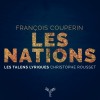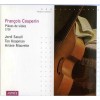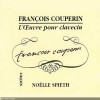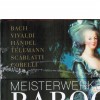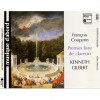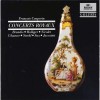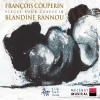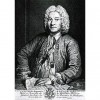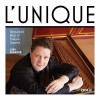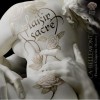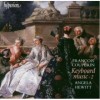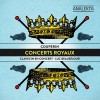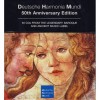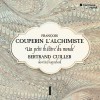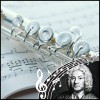Biography
François Couperin was a very famous baroque composer and musician of his time. He is also best known by his family title "le Grand" which presents that François Couperin belongs to a larger family of musicians. Couperin devoted his life neither for the funds nor for the reputation, was it to justify his teacher, Michel Richard Delalande.
François Couperin was born in Paris in 1668. He was the son of Charles Couperin, who was working as an organist at St Gervais in Paris. Couperin got his early education from his father, who died when François was just 10 years old.
François was naturally gifted with an excellent musical genius. He was deputizing for Lalande at the age of ten. He officially inherited his father's previous position of an organist at the church of Saint-Gervais, Paris, in the year of Bach's birth, in 1685. At that time François was just 18th years old, later on, he acquired the younger D'Anglebert's position as harpsichordist at Versailles.
In 1693, he succeeded his teacher Thomelin as organist at the Chapelle Royale (Royal Chapel) with a prominent title “organiste du Roi” (meaning “an organist by appointment to the King”). In 1717, François became court organist and composer, with the title “ordinaire de la musique de la chambre du Roi”. He often performed weekly concerts, typically on Sunday, with the help of his colleagues. Many of François concerts were in the form of suites for violin, viola, oboe, bassoon and harpsichord, on which he was a virtuoso player.
In France, Couperin introduced a new musical form namely Corelli's trio sonata, created by blending the Italian and French music styles in a set of pieces, which he named as Les Goûts réunis ("Styles Reunited").
Couperin François made his this new grand trio sonata subtitled for Le Parnasse, ou l'Apothéose de Corelli.
There was only one collection of Couperin's organ music that could be preserved, which was popular under the name “Pièces d'orgue consistantes en deux Messes” (meaning: Pieces for organ consisting of two Masses).The first manuscript of this organ music was completed by Couperin in 1689-90, when he was 21 years old.
Couperin François’s most famous book, L'Art de toucher le clavecin (meaning The Art of Harpsichord Playing) was published in 1716. This François’s book was based on suggestions for fingerings, touch, ornamentation and other features of keyboard technique. The knowledge of this book influenced a lot on J.S. Bach, who later adopted the fingering system, especially, the use of the thumb, which Couperin set forth for playing the harpsichord.
Soon he got an opportunity to teach the harpsichord and organ but it was difficult for him to find the time for the publication of his vocal and instrumental chamber music.
He was very interested in the Italian style, as represented by Carissimi and distilled by Charpentier. This style also influenced on his sacred vocal music, particularly his motets, versets and leçons de ténèbres. That is the way, as described in his publications of the early 1720s, how Couperin offered a wide range of ways in which he blended and united the French and Italian styles.
In 1701, Couperin got an opportunity to serve as a chamber musician and music master to the royal family, while he was composing motets and other sacred music for voices. He wrote four volumes of harpsichord music that were published in Paris in 1713, 1717, 1722, and 1730 respectively. Couperin's volumes contained over 230 individual pieces, which can be played on solo harpsichord or performed as small chamber works.
The pieces of these volumes could not be grouped into suites, as was the fashion in common practice, but it can be ordered, according to the Couperin's own version of suites based on traditional dances, as well as descriptive pieces. These Couperin's volumes impressed J.S. Bach very much and later on Richard Strauss and Maurice Ravel memorialized the composer with Le Tombeau de Couperin (A Memorial to Couperin).
Johannes Brahms's piano music was composed with the help of keyboard music influenced by Couperin a lot and later he interdicted a number of keyboard based musical keys. Many of Couperin's keyboard pieces were based on specific evocative and picturesque titles, which can only express the mood of adventurism, harmonies and discords with the help of chosen keys.
Couperin also composed two Masses that were divided into many movements in accordance with the traditional structure of the Latin Mass. While composing these masses, he also followed many techniques that were used in masses by Nivers, Lebègue, and Boyvin, as well as other predecessors of the French Baroque era.
These both Masses were composed for different kind of audiences. Couperin’s first Mass was based on the longest piece in the musical collection, namely the Offertoire sur les grands jeux. His second Mass also contains an Offertoire with a similar form, but this was written for modest abbey churches, and its movement was considered by some, along with the rest of the Mass, to be rather inferior to the first. This famous and talented baroque composer died in Paris in 1733.





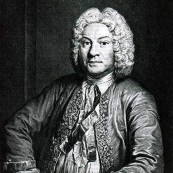

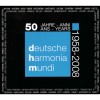

![Musique pour la Chambre du Roy - Judith Nelson, Christophe Coin (bass viol) / The Academy of Ancient Music, Christopher Hogwood [CD1 of 2]](http://static.classicalm.com/repository/collection-cover/small/1347-img1371560676721917.jpg)
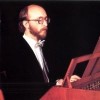
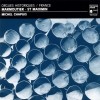
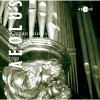
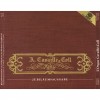
![Het Historische Orgel in Nederland [CD 6 of 20]](http://static.classicalm.com/repository/collection-cover/small/991-img1343307195166706.jpg)
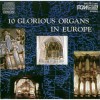
![12 Organs of Edinburgh [CD 1 of 2]](http://static.classicalm.com/repository/collection-cover/small/765-img1339682459670024.jpg)
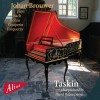

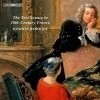
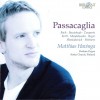

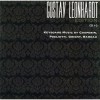
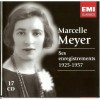
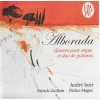
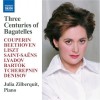
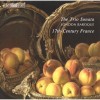
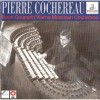
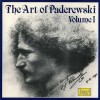
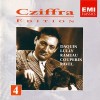
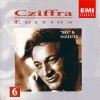
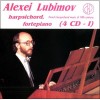
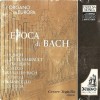
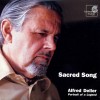
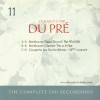
![The Heifetz Collection, Volume 2 [3 CD]](http://static.classicalm.com/repository/disk-cover/small/717-img1315129517717299.jpg)
